As the days grow shorter and more hectic with seasonal preparations, people of varied backgrounds and faiths have a welcome opportunity to enjoy celebrations that bring light and rejuvenation, and a break from the holiday hustle and bustle. Whether young or young at heart, single or part of a large extended family, those wanting to capture the joy of the season are within easy reach of special events celebrating Christmas, Chanukah, and Kwanzaa.
Ghosts of Christmas
Looking for a way to enjoy an old-fashioned Christmas? Mystic Seaport’s Lantern Light Tours is a unique holiday adventure that you won’t soon forget. Dubbed “The Spirit of the Holiday: A Christmas Ghost Story,” this year’s traveling play is set on Christmas Eve in 1876.
It unfolds through five scenes designed to entertain, capture the authenticity of Mystic Seaport during that period, and reflect the true spirit of Christmas, says Denise Kegler, supervisor of performances and gallery programming. Rather than sitting in a darkened theater, attendees follow their guide as he or she leads them through the dimly lit streets of the seaport – and listen as yuletide narratives are told in authentic historical settings.
Each performance lasts about 70 minutes, and each year’s tour, described as “magical” and “heartwarming,” is different from those of previous years. Professional actors dressed in period costume present the story written by local historian and author Rebecca Bayreuther Donohue.
During the half-mile tour, audience members cheer for contestants in a Victorian speed-walking contest, join a circle dance, tour a historic vessel, take a horse-drawn carriage ride, and visit with St. Nicholas.“We always do try, every year, to have some connection to the sea,” Kegler says. (During the 19th century, if a ship was in port during Christmas, its mast would have been adorned with a Christmas tree.)
“This year, we’re really looking at some unexpected traditions,” and incorporating a ghost story, she says. In the 19th century, Christmas celebrations commonly included telling ghost stories: Charles Dickens’ “A Christmas Carol,” grew out of that tradition. Tapping into another fad of the period, this year’s play involves two traveling spiritualists and fortune tellers, based on the playwright’s research involving a fortune-telling and dream-interpretation book published in 1863.
“This show is a real blend of entertainment and authenticity,” she says, and includes scenes that are “wonderfully silly and a little unexpected.”
The costumes’ historical accuracy is taken seriously. The museum’s period costume shop staff members research appropriate attire, from undergarments to outerwear, and make its costumes from scratch, Kegler says.
The shows run Friday and Saturday nights from Nov. 24 through Dec. 23 and on Sunday, Dec. 17. Tours begin at 5 p.m. and at 15-minute intervals. Two tours run concurrently, so those in wheelchairs or with walking difficulties can still attend.
The performances are open to all ages, but are not recommended for children under four, who are admitted for free. Advance registration is required. Tickets range from $26 for youth to $33 for adults, not including member discounts.
For information and reservations, visit: tickets.mysticseaport.org/public.
Light in the Darkness
“Fire on Ice” – Connecticut’s largest Chanukah celebration – will mark its 10th anniversary this year in West Hartford’s Blue Back Square. As many as 1,000 people of all ages, faiths and backgrounds are expected to gather to watch as a master ice-carver sculpts a giant menorah from a block of ice.
When the menorah is complete, six of its candles will be lit to mark the sixth night of Chanukah. The free celebration, presented by the Chabad of Greater Hartford and open to the public, is held annually on the first Sunday of Chanukah. This year, it is set for Dec. 17 at 4 p.m. The evening will include other attractions as well, from glow-in-the-dark face painting, Chanukah-themed manicures and 3-D printing of dreidels to holiday arts and crafts, and free raffles and prizes. Adding to the festive atmosphere, Chicago’s Rogers Park Band – America’s only Hasidic folk band – will perform live.
At the peak of the celebration comes the “Great Chanukah Gelt Drop,” says Rabbi Shaya Gopin, educational director at the Chabad of Greater Hartford and one of the organizers of Fire on Ice. Firefighters from the West Hartford Fire Department will climb to the top of their truck’s extension ladder and sprinkle chocolate coins onto the crowd below, as children of all ages rush to collect them. And, new this year, visitors can visit the “Chocolate Gelt Factory” – a twist on Willy Wonka’s famed facility – to grind, melt and mold their very own chocolate coins.
In the weeks leading up to the event, children under the age of 13 have a chance to enter an essay contest, describing in no more than 300 words what Chanukah means to them. Judges will choose the best essay and it will be read at the lighting ceremony. Authors of the first 15 essay submissions will win a prize, and the winner will receive a tablet.Chanukah, also known as Hanukkah, celebrates religious freedom.
It commemorates the victory of a small group of Maccabean Jews who, in Biblical days, regained control of Jerusalem and drove the much larger forces of Hellenistic Greek king Antiochus IV from their temple. After the battle, the Maccabees discovered that almost all of their ritual olive oil had been ruined. They found only one sealed container, with enough oil to keep the menorah in the temple lit for just one day. Miraculously, that oil lasted for a full eight days – enough time to have new oil pressed and made ready for the menorah.
Each year, that miracle is celebrated as “The Festival of Lights.”Rabbi Gopin says for decades, public menorah lightings have been held at locations across the country and around the world – at the Eiffel tower, in Russia’s Red Square, at Berlin’s Brandenburg Gate, and on the Great Wall of China, to name just a few. The goal, he says, is to heighten awareness of the significance of Chanukah, and to “spread a little bit of light in the darkness.”In 2007, members of the Chabad of Greater Hartford wanted to organize a public menorah lighting of their own, and were seeking the perfect locale.
They quickly realized that the newly developed Blue Back Square fit the bill perfectly. Prospects for the inaugural celebration were not promising. “We held the first one in a heated tent and there was a terrible snowstorm,” he recalls. “But the place was packed.”Each year, they’ve tried to expand it by adding new attractions, “and every year, more people show up. Now we can’t fit in the square any more, and we’ve spilled down the street to take in the whole block.”
Last year, the first Sunday of Chanukah fell on Christmas Day but some 700 people came regardless, from towns across the region. This year, organizers are expecting hundreds more. Throughout the year, Rabbi Gopin and fellow Chabad members work tirelessly to share a central message: By doing even one good deed for someone else, a single individual can make a difference in their community, and by extension, the world. The menorah lighting underscores that theme, he says, noting, “you can push away darkness with a little candle.”
For more information, call 860-232-1116 or visit ChabadHartford.com and enter the search term “Fire on Ice.”
Celebrating African Culture
More than 50 years ago, in 1966, Dr. Maulana Karenga – professor and chairman of Black Studies at California State University, Long Beach – founded Kwanzaa. Today, the African-American and Pan African holiday is celebrated by millions of people throughout the world.A holiday honoring cultural traditions, Kwanzaa runs for seven days, from Dec. 26 to Jan. 1.
It is observed to encourage the values of family, community, responsibility, commerce and self-improvement. Dayna R. Snell, executive director of the Queen Ann Nzinga Center (QANC) in New Britain, says at the end of each year, Connecticut residents who have wondered about the holiday or have been celebrating it for years have an opportunity to learn more by attending the center’s annual Kwanzaa celebration.
The multigenerational celebration is open to people of all ages, races, cultures and faiths. The event includes a student-written play and songs to entertain the audience while sharing the seven principles of Kwanzaa.
The play, called “Change at QANC High,” tells the story of kids who are not working together, and because of this, they lose their basketball game. As the story unfolds, kids begin to apply the principles of Kwanzaa, with positive results.
The seven principles are: Umoja (Swahili for unity), Kujichagulia (self-determination), Ujima (collective work and responsibility), Ujamaa (cooperative economics), Nia (purpose), Kuumba (creativity), and Imani (faith).
“We integrate some of the rituals and some of the activities so people can learn about Kwanzaa and enjoy a really great show,” she says.
The Kwanzaa celebration is intended as a fun play, designed to make its audience laugh, and help them to learn about this holiday, Snell says. “It’s about celebrating the gifts that people of African descent bring to the world. We’re part of this great American gumbo. We’ve got to build bridges, not fences. You can get somewhere with a bridge.”
QANC’s 29th annual Kwanzaa celebration will be held on Saturday, Dec. 30 at 7 p.m. at Trinity-on-Main, 69 Main St., New Britain.
Doors open at 6 p.m. Admission is $10 for students and seniors, and $15 for adults


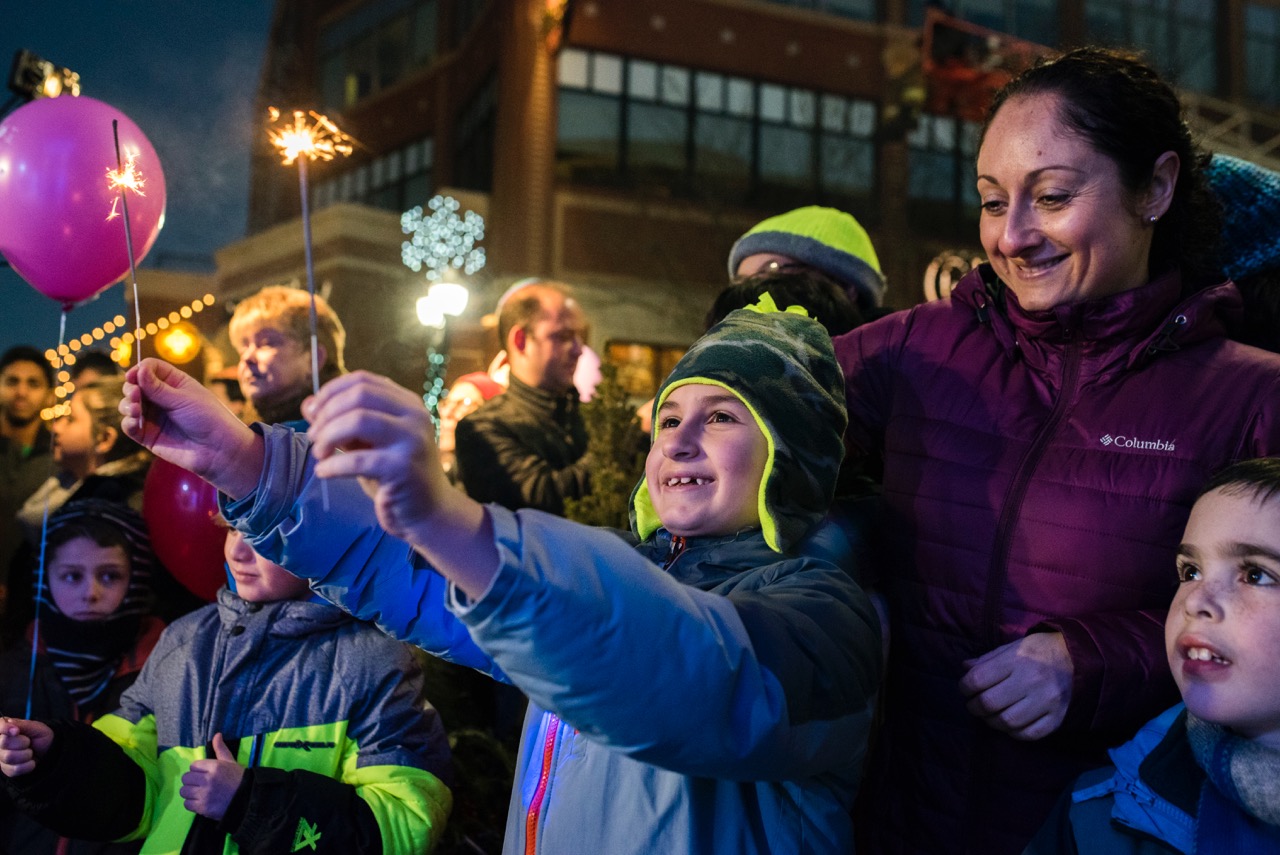


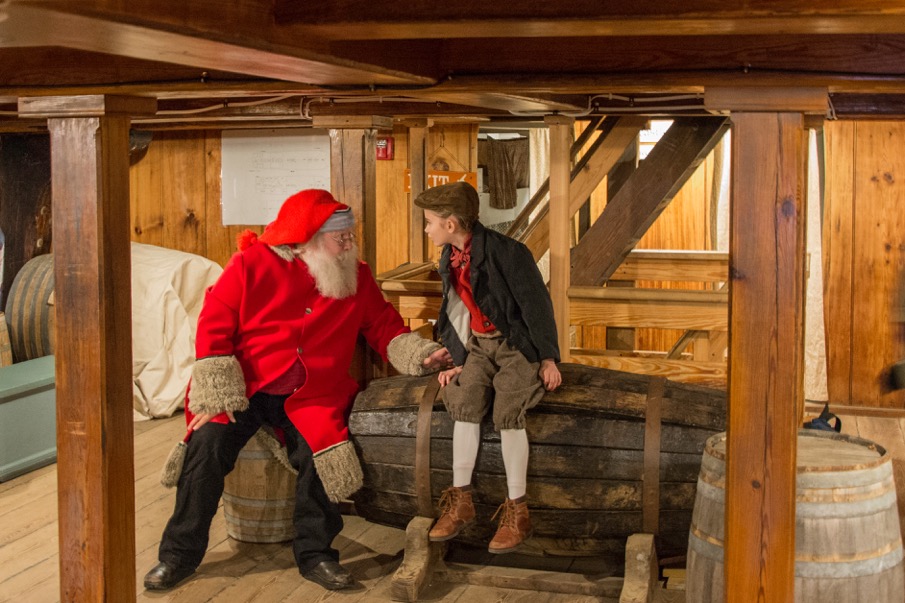
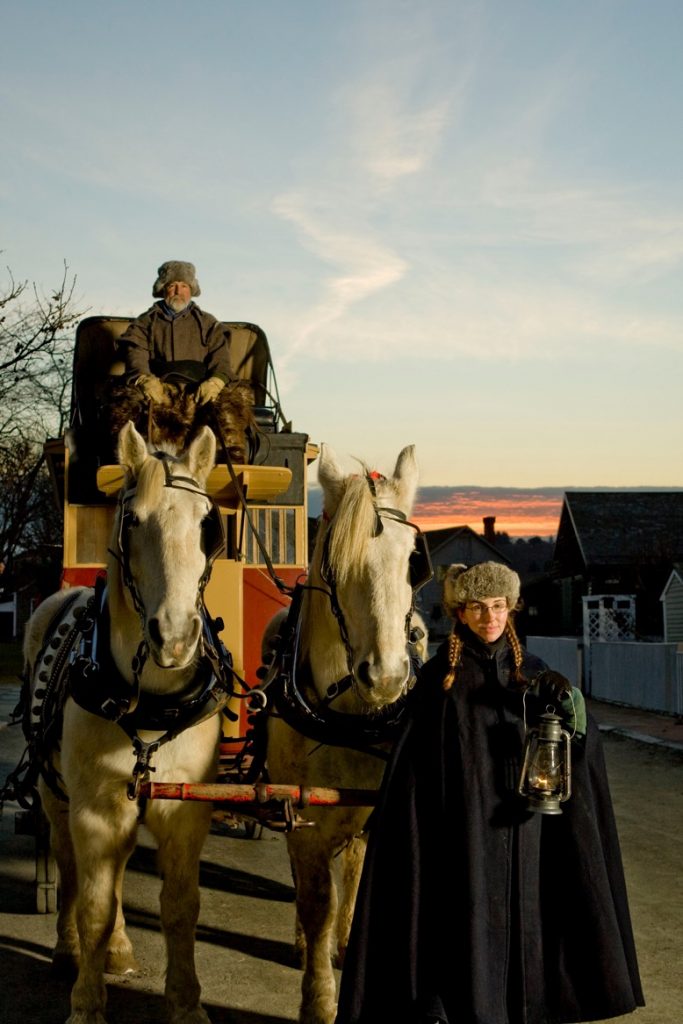


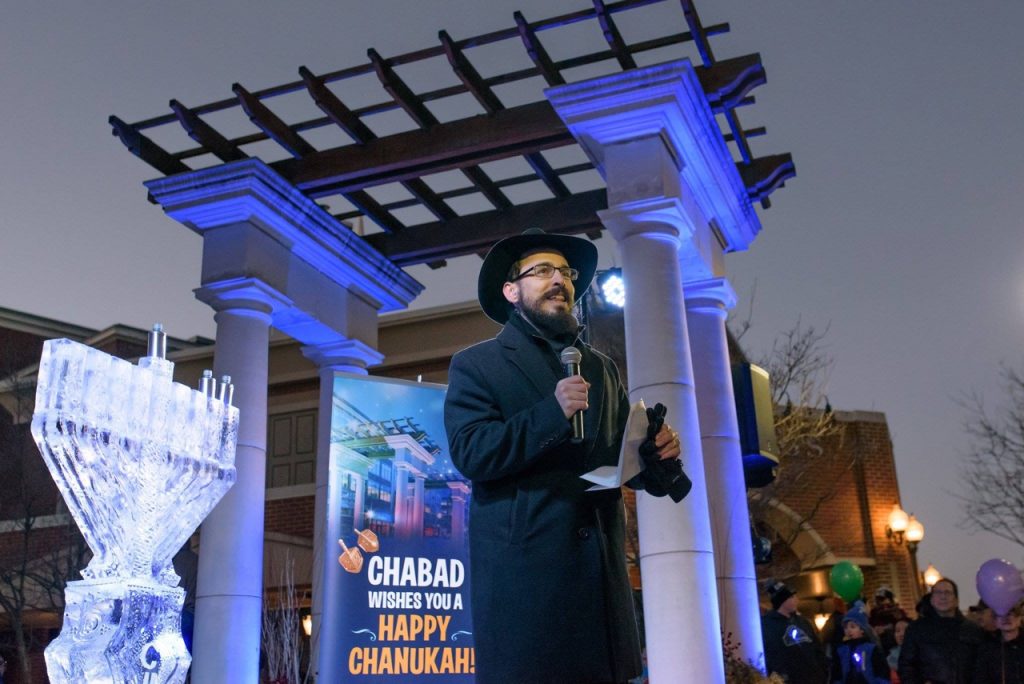


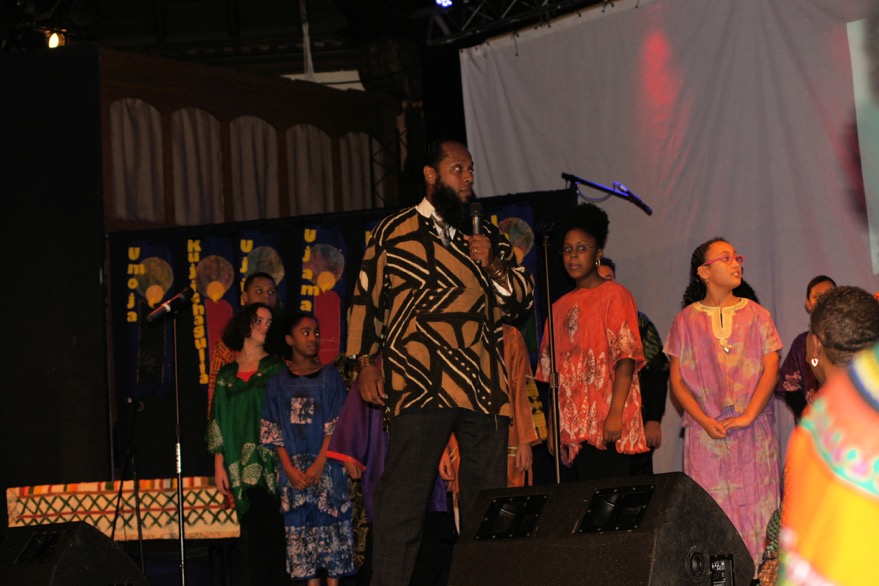

More Stories
Skin Deep
Sweet Indulgences
Creative Entrepreneurs